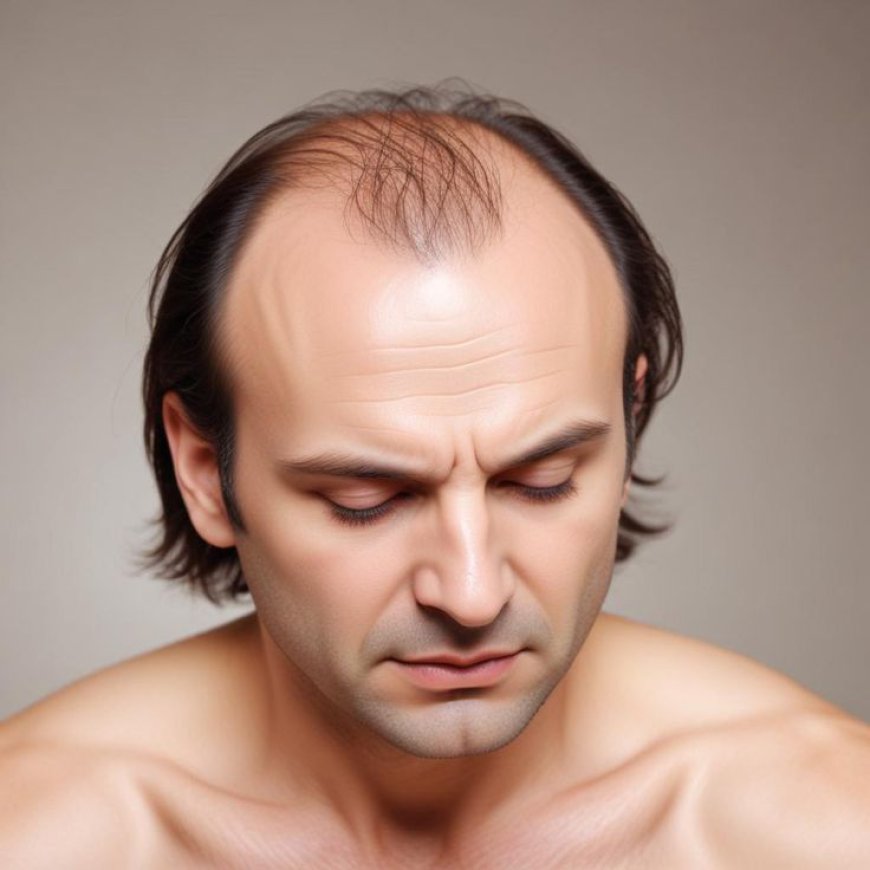The Advanced Choice FUE Hair Transplants
FUE Hair Transplants In Dubai have revolutionized the field of hair restoration by providing a more precise and natural-looking solution compared to traditional methods. Unlike the older strip method, where a long strip of hair-bearing skin is removed from the back of the head, FUE involves extracting individual hair follicles directly from the donor area. This technique leaves no linear scar and allows for quicker recovery, making it an attractive option for many people seeking hair restoration.

Hair loss can be a significant concern for both men and women, impacting self-esteem and overall quality of life. Many individuals seek effective solutions to restore their hair, and one advanced option that has gained immense popularity is Follicular Unit Extraction (FUE) hair transplants. This innovative method offers a minimally invasive approach to hair restoration, making it a preferred choice for those looking to regain their confidence and youthful appearance.
FUE Hair Transplants In Dubai have revolutionized the field of hair restoration by providing a more precise and natural-looking solution compared to traditional methods. Unlike the older strip method, where a long strip of hair-bearing skin is removed from the back of the head, FUE involves extracting individual hair follicles directly from the donor area. This technique leaves no linear scar and allows for quicker recovery, making it an attractive option for many people seeking hair restoration.
Benefits of FUE Hair Transplants
1. Minimally Invasive Procedure
One of the standout features of FUE hair transplants is their minimally invasive nature. The procedure involves using a specialized tool to extract individual hair follicles, resulting in minimal discomfort and a faster healing process. Patients can typically return to their daily activities within a few days, making FUE a convenient choice for those with busy lifestyles.
2. Natural-Looking Results
FUE hair transplants are renowned for delivering natural-looking results. Because the hair follicles are extracted and transplanted individually, the surgeon can carefully select the angle and direction of each hair, allowing for a more realistic hairline. This level of precision enhances the overall aesthetic outcome, giving patients a fuller and more youthful appearance.
3. No Linear Scarring
Unlike traditional hair transplant methods that leave a linear scar, FUE hair transplants result in tiny, dot-like scars that are virtually undetectable. This feature is especially beneficial for individuals who prefer shorter hairstyles, as the absence of a visible scar allows for greater styling flexibility. Patients can feel more confident showing off their new hair without worrying about noticeable scars.
4. Versatility in Donor Areas
FUE hair transplants allow for the use of hair follicles from various donor areas, not just the back of the head. This versatility means that individuals with limited donor hair can still achieve satisfactory results. Additionally, body hair can also be utilized for transplantation, providing options for those who may not have sufficient scalp hair.
The FUE Hair Transplant Process
1. Initial Consultation
The journey toward FUE hair transplants begins with an initial consultation. During this meeting, the surgeon evaluates the patient’s hair loss pattern, discusses their goals, and develops a personalized treatment plan. This stage is crucial for ensuring that the patient has realistic expectations and understands the process.
2. Preparation and Extraction
On the day of the procedure, the patient is prepared for the FUE hair transplant. Local anesthesia is administered to minimize discomfort during the extraction process. The surgeon then uses a specialized tool to harvest individual hair follicles from the donor area. This extraction process is meticulous and requires significant skill to ensure that the follicles remain viable for transplantation.
3. Graft Preparation and Implantation
After extraction, the harvested hair follicles are carefully prepared for implantation. The surgeon creates small incisions in the recipient area and meticulously places each follicle into these incisions. The strategic placement of the grafts ensures that the final result looks natural and blends seamlessly with existing hair.
4. Post-Procedure Care
Following the FUE hair transplant, patients receive detailed aftercare instructions to ensure optimal healing and hair growth. This care typically includes avoiding strenuous activities, keeping the scalp clean, and following any prescribed medications. Most patients begin to see noticeable hair growth within a few months, with full results visible within a year.
Who is an Ideal Candidate for FUE Hair Transplants?
FUE hair transplants are suitable for a wide range of individuals experiencing hair loss. Ideal candidates include:
-
Men and Women with Androgenetic Alopecia: Those with genetic hair loss can benefit significantly from FUE hair transplants, as this method provides natural and effective results.
-
Individuals with Limited Donor Hair: People with less donor hair can still achieve satisfying results due to the versatility of the FUE technique.
-
Those Seeking a Minimally Invasive Solution: FUE is perfect for individuals looking for a hair restoration option that requires minimal downtime and scarring.
Factors to Consider Before Choosing FUE Hair Transplants
While FUE hair transplants offer numerous benefits, there are essential factors to consider before proceeding:
-
Consultation with a Qualified Surgeon: It's vital to choose a qualified and experienced surgeon specializing in FUE hair transplants. Researching credentials and patient reviews can help ensure a successful outcome.
-
Realistic Expectations: While FUE can yield impressive results, it's important for patients to maintain realistic expectations regarding the extent of hair restoration. A thorough consultation can help align expectations with achievable results.
-
Commitment to Aftercare: Proper post-procedure care is crucial for ensuring optimal hair growth. Patients must be prepared to follow aftercare instructions diligently.
Conclusion
FUE hair transplants represent an advanced choice in the realm of hair restoration, providing a minimally invasive and effective solution for those dealing with hair loss. With benefits such as natural-looking results, minimal scarring, and versatility in donor areas, FUE has become a preferred method for individuals seeking to regain their confidence and youthful appearance. By understanding the process, considering the suitability of the procedure, and consulting with a qualified surgeon, patients can embark on their journey toward fuller, healthier hair with confidence.

 laiba5656
laiba5656